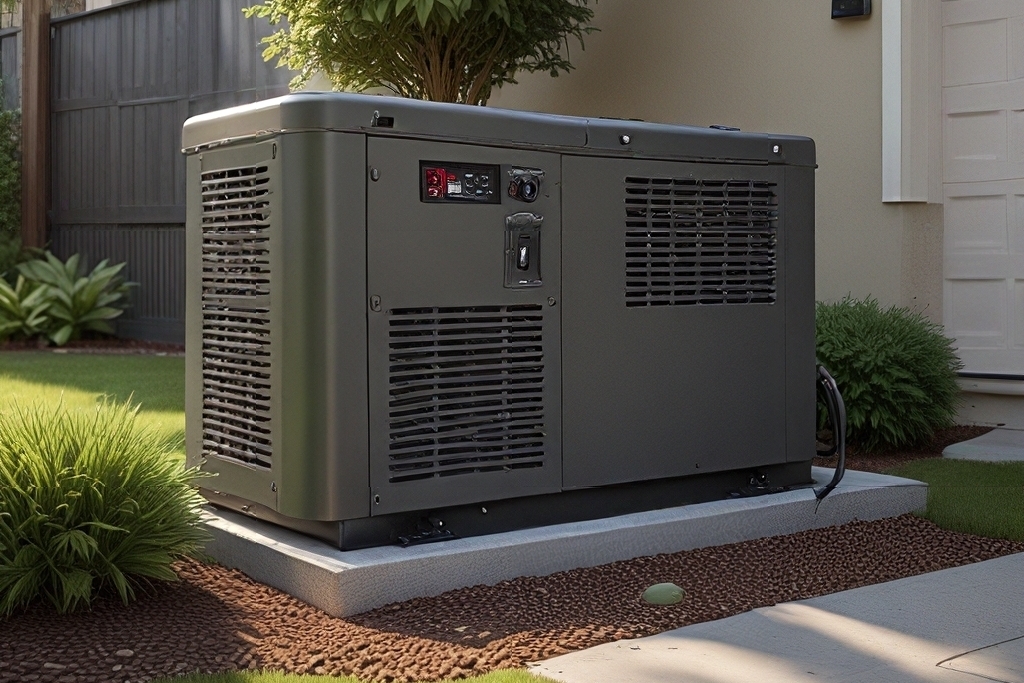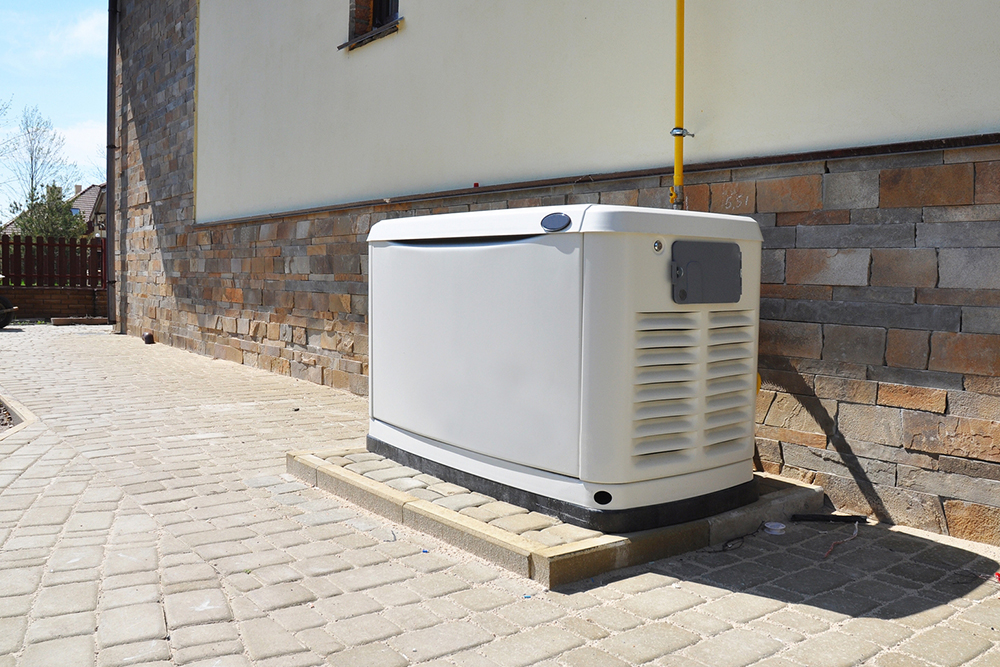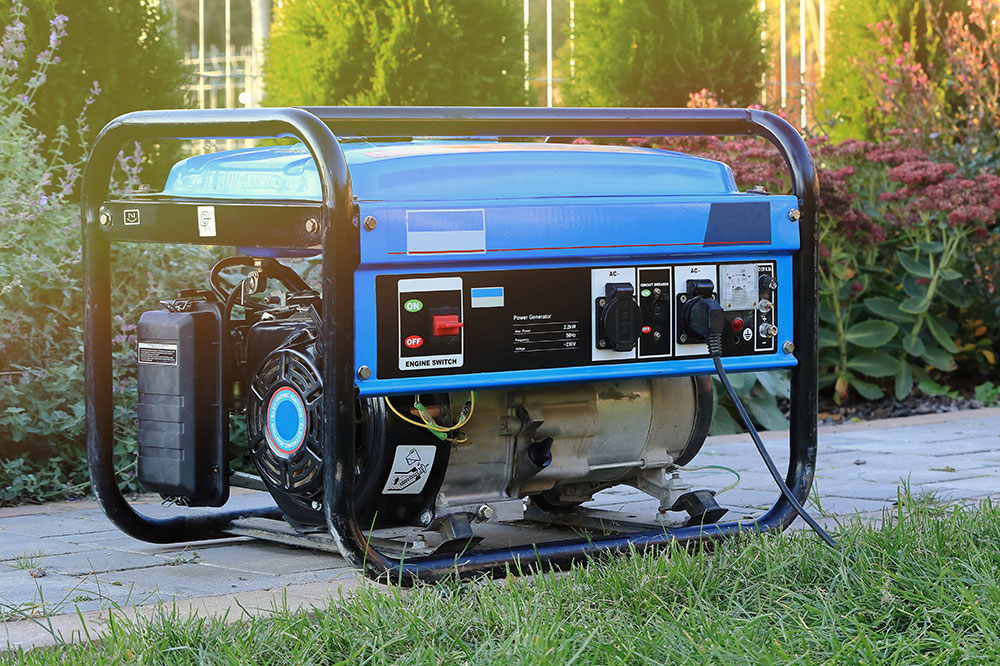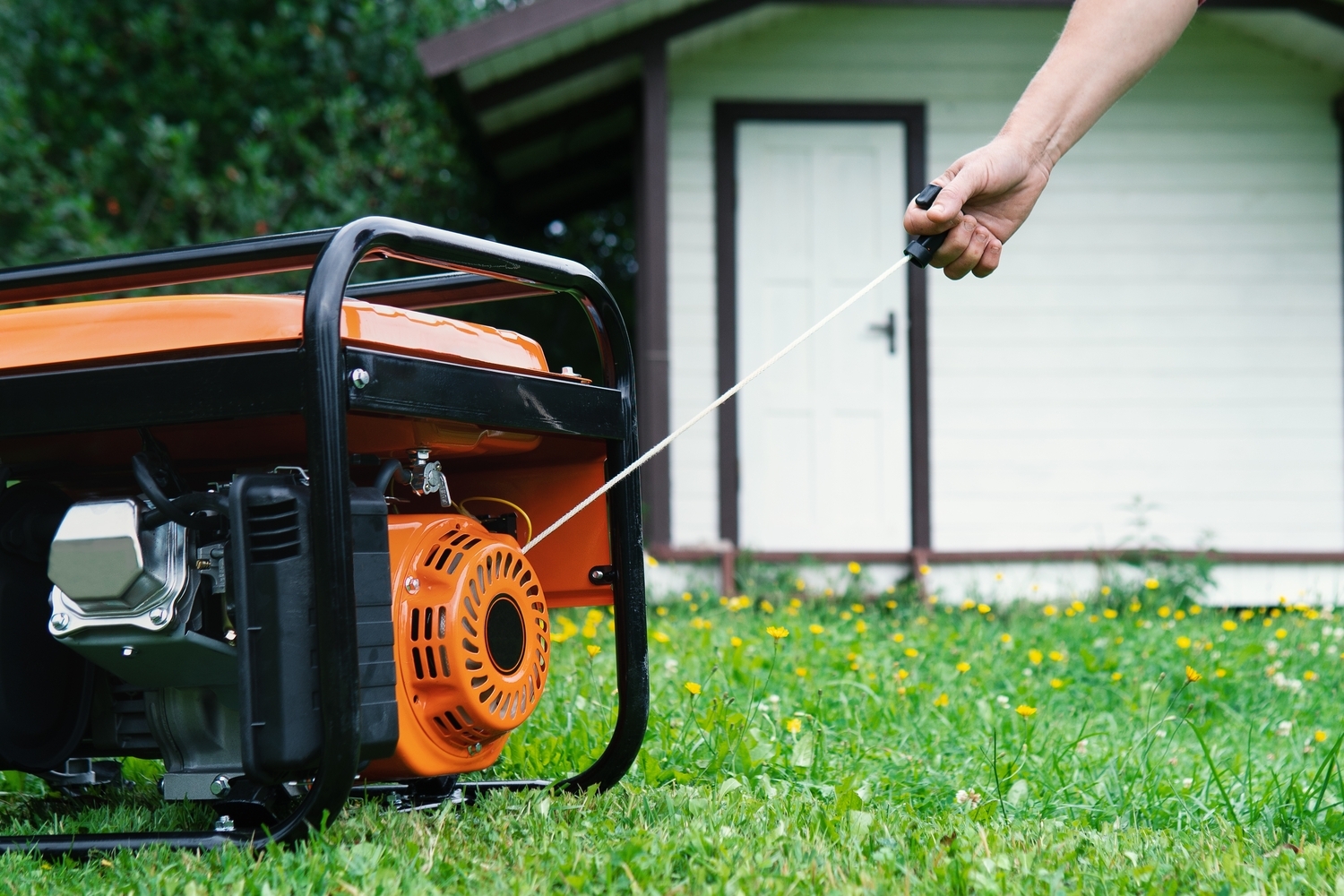Comprehensive Guide to Purchasing Budget-Friendly Portable Power Stations
This comprehensive guide assists consumers in selecting affordable portable power stations by covering price ranges, key features, battery types, and selecting the right model based on individual needs. It emphasizes understanding capacity, connections, and additional features to ensure reliable portable energy solutions for outdoor activities or emergencies.
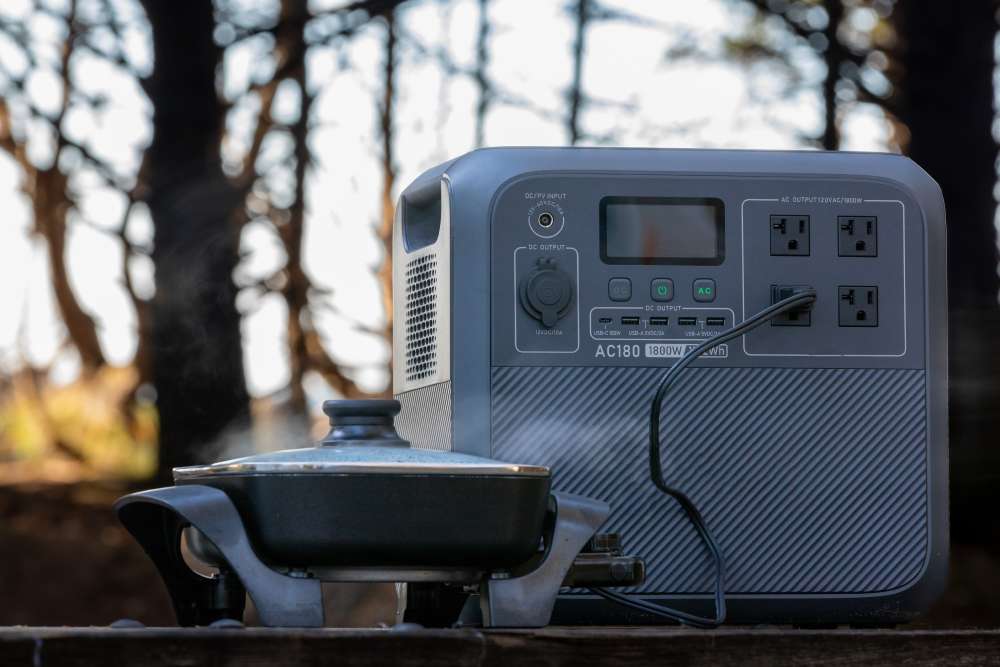
Comprehensive Guide to Purchasing Budget-Friendly Portable Power Stations
In the realm of outdoor adventures, emergency preparedness, and portable energy needs, portable power stations have become indispensable. These devices serve as high-capacity, rechargeable batteries, offering a reliable power source whenever traditional grid electricity isn't accessible. They are versatile tools capable of charging smartphones, powering laptops, and even operating small household appliances such as mini refrigerators, fans, or portable air conditioners, depending on their wattage and capacity. Given the growing demand for portable energy solutions, understanding the key factors that influence their price, features, and performance is essential for consumers aiming to make informed purchasing decisions.
Understanding the Price Spectrum of Portable Power Stations
Prices for portable power units vary significantly based on several critical factors, including capacity, power output, brand reputation, and additional functionalities. Here's an in-depth look at the typical price ranges and what they entail:
Entry-Level Models (Under $300): These compact and lightweight units are ideal for basic needs like charging smartphones, tablets, and small gadgets. They usually have limited capacity, often around 300-500Wh, and deliver power outputs suitable for small devices. They are perfect for casual outdoor use or as backup power options.
Mid-Range Units ($400 - $900): In this category, you'll find power stations capable of supporting multiple small appliances simultaneously, including laptops, small refrigerators, or fans. They often have capacity between 500Wh and 1500Wh and feature multiple output ports, including AC outlets, USB ports, and 12V DC inputs. These are suitable for outdoor camping, RV trips, or emergency home backup.
High-Capacity Models ($1,000 and above): These premium units are designed for heavy-duty use, capable of backing up entire homes or supporting large appliances. They feature capacities of 2000Wh or more and are equipped with advanced functionalities, such as seamless switching to home power sources, fast-charging capabilities, and durable build quality. They are ideal for professional use, large families, or those requiring a reliable backup during extended power outages.
It is worth noting that market trends and current energy supplies, such as during power shortages or natural disasters, can influence pricing. Consumers should stay updated on market conditions to make cost-effective choices.
Practical Tips for Choosing the Right Portable Power Station
To ensure you select a device that best fits your needs, consider several critical factors, including capacity, battery chemistry, port options, charging speed, and additional features. Here’s a detailed breakdown:
Determining Optimal Capacity and Power Output
Capacity, typically measured in watt-hours (Wh) or ampere-hours (Ah), indicates how much energy the power station can store. Power output, expressed in watts (W), reflects the amount of electricity the unit can deliver instantaneously. For instance, a device with 500Wh and a 300W output can power small devices like smartphones, tablets, or laptops effectively. However, powering larger appliances, such as mini refrigerators or microwave ovens, requires higher capacity and wattage. Understanding your energy needs—what devices you want to run and for how long—is crucial in selecting a suitable model.
Battery Type and Life Expectancy
Most portable power units utilize lithium-based batteries, primarily Lithium Iron Phosphate (LiFePO4) or Lithium-ion. LiFePO4 batteries are renowned for their longer lifespan, often between 5 to 10 years, with high cycle counts exceeding 2500-3500 recharge cycles. They offer enhanced thermal stability and safety, with less risk of overheating or thermal runaway, albeit with slightly larger sizes and weight. Lithium-ion batteries have a shorter lifespan, averaging 2-3 years, but are more compact and lightweight, making them suitable for users prioritizing portability. When choosing a power station, consider the longevity you need based on your use case and whether durability or size is more important.
Assessing Connectivity and Port Options
Connectivity options are vital for maximizing the station's versatility:
12V Car Charging Ports: For powering vehicles or accessories like GPS units and portable fans.
Anderson Connectors: Support high-current applications such as jump starters or large portable radios.
AC Outlets: Standard household sockets suitable for powering small appliances and devices. Some units incorporate uninterruptible power supply (UPS) features for seamless device switching during power interruptions.
USB Ports: Vital for charging smartphones, tablets, and laptops. Prioritize units with fast-charging options like USB Power Delivery (USB PD) for quicker energy transfer.
Charging Speed and Recharging Methods
Understanding how quickly a power station recharges is critical, especially if you need to use it frequently or during emergencies. Recharging times depend on the capacity of the unit and the wattage of the charging method. For example, a 1000Wh station with a 200W wall charger typically takes around five hours to fully recharge. The use of solar panels or car chargers can extend this process, depending on their wattage and sunlight conditions. Always check manufacturer specifications and estimated recharging times to plan accordingly.
It’s recommended to consult customer service or product reviews for insights into real-world performance and whether the device maintains efficiency over multiple cycles.
Additional Features to Enhance User Experience
Many portable power stations come equipped with extra features that can increase convenience and usability:
Display Screens: Offer real-time information on battery status, remaining power, and device output.
Portability Enhancements: Handles, wheels, or compact designs facilitate easy transportation.
Expandable Systems: Ability to connect multiple units to increase overall capacity and power output.
Warranty and After-Sales Support: Important for long-term reliability and peace of mind.
Advanced Charging Options: Wireless charging or fast-charging capabilities accommodate modern device needs.
In conclusion, choosing an affordable yet reliable portable power station involves assessing your energy needs, understanding the technical specifications, and considering future scalability. With a wide range of options available— from lightweight models for basic needs to high-capacity stations for extensive backup— consumers can find a device that offers excellent value and performance tailored to their lifestyle. Carefully evaluating price, capacity, battery type, port options, and additional features will enable you to make an informed decision, ensuring you stay powered whenever and wherever you need it most.
